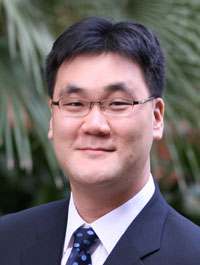Dr. Duane Mitchell is co-director of the Preston A. Wells Jr. Center for Brain Tumor Therapy and the head of the Cancer Therapeutics & Immuno-Oncology program at the UF Health Cancer Center. He and his team are among the leaders in the battle to find ways to treat glioblastoma, an aggressive form of brain cancer that affects about 13,000 Americans annually. U.S. Senator John McCain was recently diagnosed with glioblastoma and is undergoing treatment.
Good afternoon. It is an honor and a privilege to have been asked to give this commencement address to the summer doctoral graduate class of 2017.
I graduated from my doctoral program in 2001 and over the last 16 years as an academic faculty member and researcher, I have given innumerable talks at a variety of national and international venues. This however, is a new experience for me and I just want to take the time to thank President Fuchs for what would otherwise be long forgotten experiences such as stage fright, dry mouth, panic, and nausea.
And I must say, it feels as exhilarating as I remembered. So thank you. No, I’m just being serious. Really.
As I prepared this talk I had thoughts on several occasions of “what could I say that would be meaningful to this audience?”
This question would interrupt my constant thinking of “Oh my goodness, I can’t do this.”
And...“You’ve worked so hard to create your comfort zone, what are you doing?”.
And..."Please don’t start out with what an honor and privilege this is.”
And yet….here we are.
So in the next 10 minutes or so, I am going to attempt to impart some information to the doctoral graduates gathered here today that you will remember. Something that you will find useful to you as you embark upon your chosen professional and personal endeavors.
For inspiration, I thought back to the core messages of my graduate school commencement address. I thought, “Who even spoke at my graduation? I’m pretty sure I was there. I do have pictures.” I truly couldn’t remember anything that was said that day. I did however, remember my college graduation commencement address.
But that was given by Susan Sarandon. She was the star of the hit movie “Thelma & Louise,” and at that time a three-time Academy Award nominee for best leading actress in a motion picture. I remember thinking, Duane, you are no Susan Sarandon.
And that is when I realized that sixteen years from now, nothing I say today is going to matter in your life.
I can’t think of one Nobel laureate, or Academy Award winner, or anyone with their last words of imparting wisdom, ever quoting their commencement address speaker. It just doesn’t happen. I realized that what I say today is going to matter as to whether I am ever asked to do something like this again.
However, for you, for the graduates who are being honored today for your achievements, for you, sixteen years from now, what is going to matter are the decisions you have made, the actions you have taken, and the attitude you have sustained throughout the process.
And so what I’d like to talk to you about for next few minutes are what I believe are the only variables we really have total control over in our lives. And yet through a conscientious directive of our decisions, our actions, and our attitude, we can largely define our future. It is instrumental to realize that life asks certain questions of us every day that demand answers. Either we answer these questions affirmatively with our decisions and actions, or through neglect, they are answered for us, by circumstances and by other people.
These daily questions are best designed to be asked each morning in anticipation of the day’s events, and again, each evening in reflection.
“What will you or did you accomplish today?”
“What long term goals will you or did you make progress toward today?”
“What will you or did you learn today?”
And...“Who will you or did you help today?”
Addressing these iterative life questions will help continually steer our lives in a positive direction. Through the urgency of “now” and the myriad of decisions that life thrusts upon us, these questions can keep us focused on the “not urgent but important” matters in our lives.
I love to collect memorable quotes as a way of codifying philosophies that resonate with life experiences. Every Monday in our research group, I share a “quote of the week” as a way to kick start the momentum for the next several days.
One of my favorites is Quote of the Week #135 which was sent out a while ago. It comes from a relatively well-known philosopher named Jack Handy. For those who don’t know Jack Handy, for several years he has been a featured writer on Saturday Night Live, who shares his philosophies in a series called “Deep Thoughts by Jack Handy”.
“When you die, if you get a choice between regular heaven and pie heaven, choose pie heaven. It might be a trick. But if it’s not….mmmmmmm, boy!”
Now the reason I like this quote, is that, like most “Deep Thoughts by Jack Handy,” on the surface level it is just utterly ridiculous.
Somewhat humorous, but utterly ridiculous. However, if we analyze these silly utterances more deeply there is often some hidden wisdom that can be gleaned. For most of us, regardless of our background or religious beliefs, the concept of heaven embodies the best there is. We’ve probably never realized that there was a pie heaven or ever even thought about getting there.
And yet, Jack challenges us that if life presents us with a choice between regular heaven or pie heaven, go for pie heaven.
You will have occasions throughout your life where your personal or professional experiences will expose you to opportunities beyond what you’ve previously imagined, or will present challenges to you that are beyond your current comfort zone or perceived capabilities.
Taking the dream job versus the one your family approves of; launching your great idea into a business venture vs. saving it until you’re established; stepping forward and introducing yourself to that person you know you need to meet vs. remaining quiet so you don’t risk looking foolish.
These may not be embodiments of heaven, but nonetheless they represent the types of crossroad decisions that we are often faced with throughout our lives.
The author Robert Brault said, “We are kept from our goal not by obstacles but by a clear path to a lesser goal.”
Do not be afraid to set ambitious goals and high expectations for your life. However, “It might be a trick.”
What if pie heaven isn’t real? What if we go for it and fail?
Jack reminds us that success is not guaranteed. There is risk involved in going after pie heaven. Fear of failure is one of the main obstacles that prevents us from living up to our true potential. Particularly those of us who have been trained to be “experts.”
Many of you will enter careers where there will be a low tolerance of being wrong, of making mistakes, and in failing at what you’ve set out to accomplish. I mean, after all, I am a doctor.
You may be employed based on your very high level of training and expertise and expected to perform at a very high level of competence and productivity.
While this is an appropriate expectation for the day to day executive functions of a professional, you must not allow fear of failure to become the guiding principle for your decision-making processes. Fear is simply faith in a negative outcome. Do not be afraid to let your dreams, goals, and aspirations guide your life choices.
Although, Jack states “It might be a trick,” he also states, “but if it’s not…” then imagine the rewards.
The truth is, that the reward is not actually in attaining the goal. The rewards come in the form of the person you become through the process of stretching and growing to reach your goals.
Today you are being recognized for achieving the goal of completing your doctoral program. For many of you, it probably was tougher than you thought, took longer than you planned, and may have had unanticipated detours, obstacles, and restarts along the way.
While the outward recognition of the achievement may be occurring at this moment and conveyed with additional letters before or after your name, the true reflection of the achievement is embodied in the resilience you’ve developed, the specialized knowledge you’ve amassed, and the analytical thinking skills you’ve acquired.
You are almost certainly a better orator, writer, and leader than you were when you entered your program.
It is who you have become through this process that is far more important than the degree or the letters that you now carry with your name. Choosing to go after your goals and aspirations involves some risk, but almost always comes with the guarantee that you will grow and become better through the process.
Many people got through life afraid to make a wrong decision, but Dr. Phil McGraw, or Dr. Phil, stated, “Sometimes you make the right decision. Sometimes you make the decision right.”
Often times the difference between the right and wrong decision is not in the choice itself, but in the level of corresponding conviction and action put behind the decision.
I have three young sons, Anthony, age 9, Brandon, age 7, and Austin, age 3.
A while ago, I asked them this relatively simple math problem.
“Three frogs are sitting on a log in a pond and one decides to jump off. How many frogs are left on the log?”
Anthony and Brandon proudly chimed together, “Two!”
To which I promptly said, “Wrong. The answer is three. The frog only decided to jump off, but he didn’t act on his decision.”
Now in retrospect, I recommend saving this life lesson for your children until they have moved onto multiplication and division. It really confuses them and irritates their teachers when you mess up their foundational math skills. However, for adults, I think this “new math” equation illustrates a very important facet of life. We must decide to do fewer things, but to follow through on the decisions we make with definitive action.
After 18 years of marriage to my lovely wife, Michelle, I have learned that it is better to state outright something I am not going to do than to say I am going to do it and deal with the consequences of having that promise go unfilled for months or years to come.
As talented experts entering the workforce, you will have a huge number of demands placed on you for your time and energy investment.
The more productive you are, the more these demands, also known as opportunities, will increase. Additionally, you already do or will have increasing responsibilities to care for family and loved ones. You will quickly learn that the quantity and quality of your life’s experiences will be shaped as much by the things you decided not to do as they are by the things you decided to do.
This is why setting short-term and long-term goals for your personal and professional life can be so instrumental in navigating the sometimes turbulent seas of life.
Much like a GPS device set upon a specific destination, or a lighthouse beacon to a ship out at sea, your goals can serve as a guiding post to keep you headed in the right direction.
Henry David Thoreau said, “It is not enough to be busy, so are the ants. The question is, 'What are we busy about?'”
As doctoral graduates entering a new phase in your life, now is a great time to reflect upon your priorities, to decide what is truly important to you, and to set and write down goals for your professional, personal, and recreational lives.
For many years I kept the question, “What would you attempt to do if you knew you could not fail?” above my desk at work and at home. At work, it would remind me to think big about the challenges in my field and to not be afraid of going after the tough questions in research. At home, it would remind me to envision the family life and the experiences I wanted for my wife and children, and to continually fight against the inertia of a life that can easily crowd out quality time and cause one to take their family for granted.
Decide what you want out of life. Back up that decision with continual action. Answer life’s daily questions for yourself.
Our approach to answering the life questions, or our attitude, not only greatly influences the outcome of our efforts but also determines the quality of our experiences along the way.
The writer Erich Heller stated, “Be careful how you view the world, it is that way.”
If facts are black and white but perception is our reality, then our attitude is the lens filter through which we color the world’s experiences.
I can remember moving from New Jersey where I grew up to North Carolina to attend medical school and graduate school. The first week I was there I went grocery shopping and when I went to check out the cashier asked me, “How are doing?”
I said, “Fine.”
She then said, “Getting your shopping done for the week?”
To which I thought to myself. “Obviously.”
But said, “Yes.”
She rang a few more items and then asked, “Are you from around here?”
At this point, I thought, “What’s with the 20 questions? I mean I’m paying for my items. What’s the deal here?”
I answered her probing questions and completed the transaction and went home. It wasn’t until a couple weeks later, after I’d experienced the same thing at numerous establishments that I realized that people in North Carolina were just friendly. They actually were genuinely just trying to have a conversation. This was a foreign experience to me.
Although I would have classified myself as a friendly person, I did not realize that my lens filter had been colored by a “Jersey attitude.”
Our attitude about ourselves, or our self-image, sets the boundaries of what we believe is possible.
Our attitude about others determines our capacity to build lasting relationships based on trust or only superficial ones that are opportunistic.
Our attitude about serving others often dictates our capacity to be effective in leadership roles.
Our attitude about life often determines whether others want to be around us or prefer to clear the room.
Quote of the Week #95: “Life is either a great adventure or nothing.” — Helen Keller.
Surround yourself with people who have achieved great things and are encouragers of your aspirations, and your attitude about what is possible will grow.
Read about or get to know people who have overcome great adversity and you will steel your attitude toward facing down the challenges you face in your own life.
Pour yourself into helping others and you will enrich and widen the pathway towards your own aspirations.
You sit here today because you have achieved much.
You have many talents, you are exceptionally motivated, and you have amassed a level of education and experience that few people in the world attain.
By answering life’s daily questions through conscious control of your decisions, your actions, and your attitude, you can weave together the fabric of an extraordinary life.
I leave you with one of my truly favorite quotes of all time, also from Henry David Thoreau, “Go confidently in the direction of your dreams. Live the life you have imagined.”
Congratulations, Class of 2017! Go Gators!
Campus Life





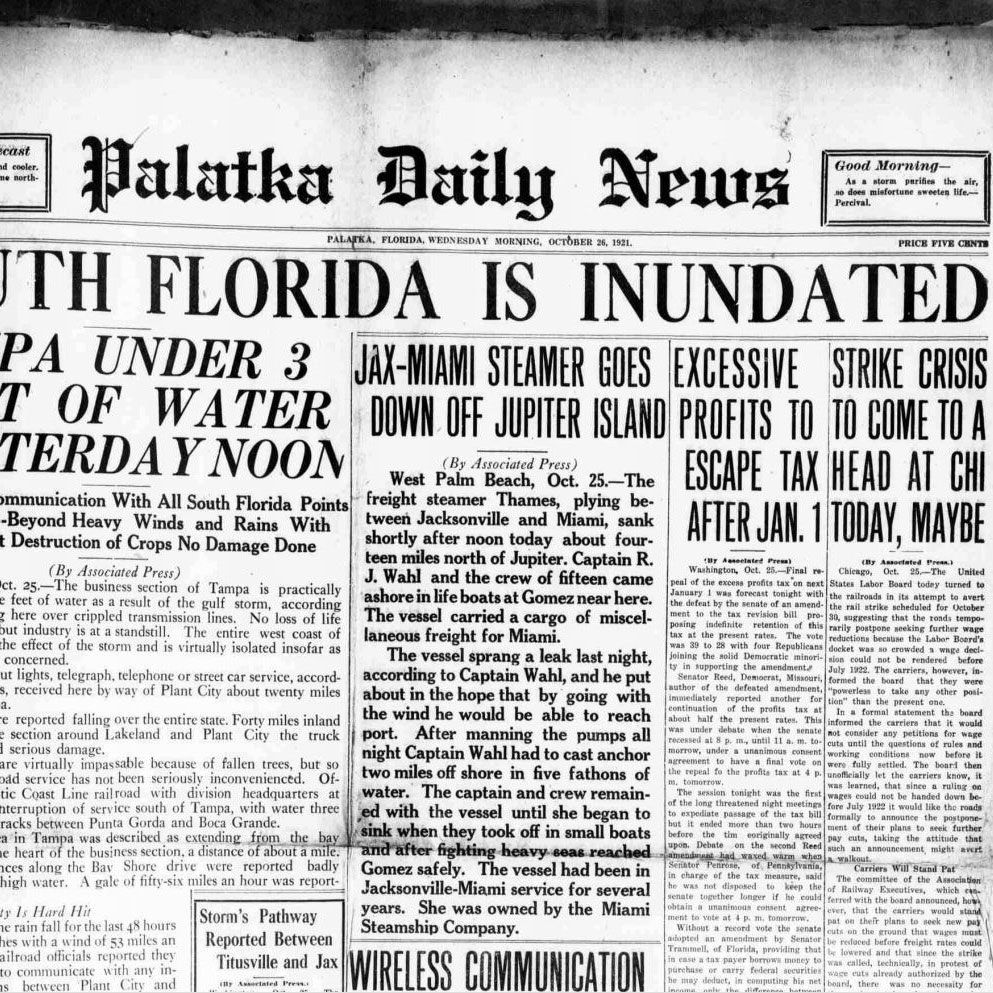
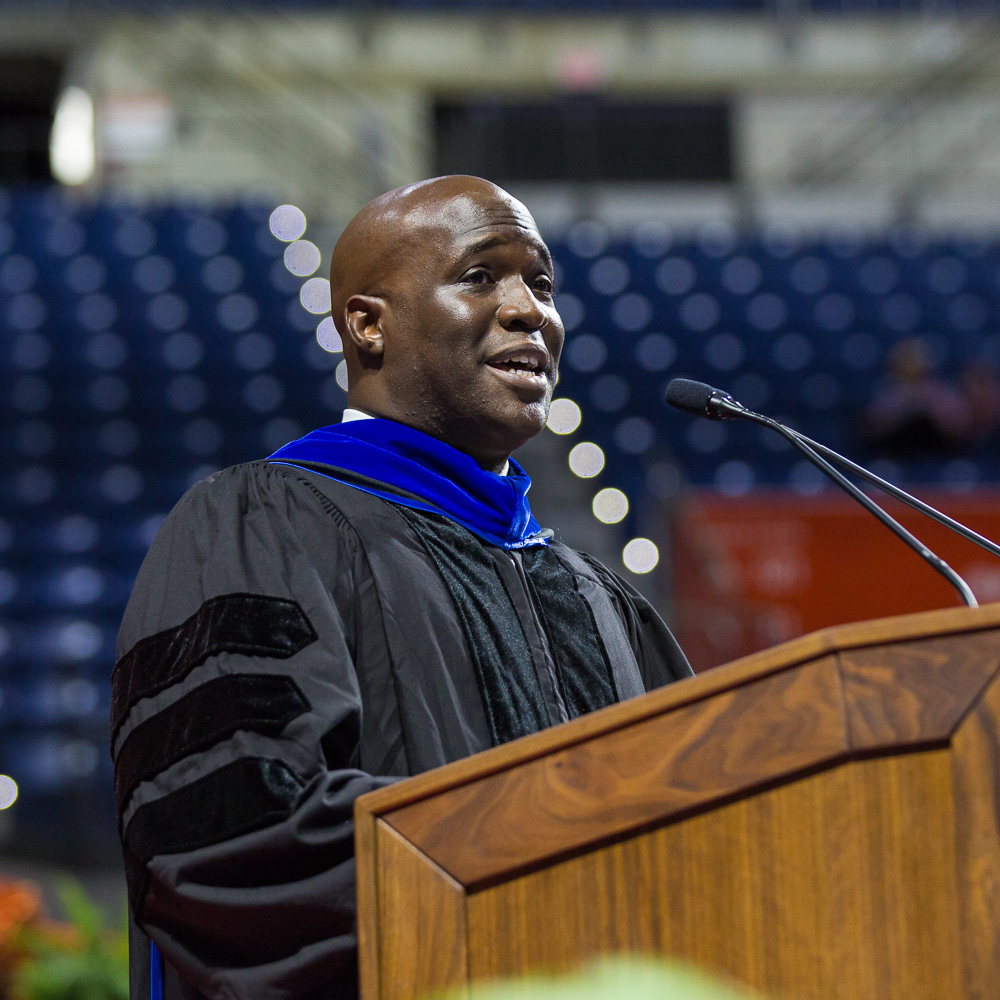


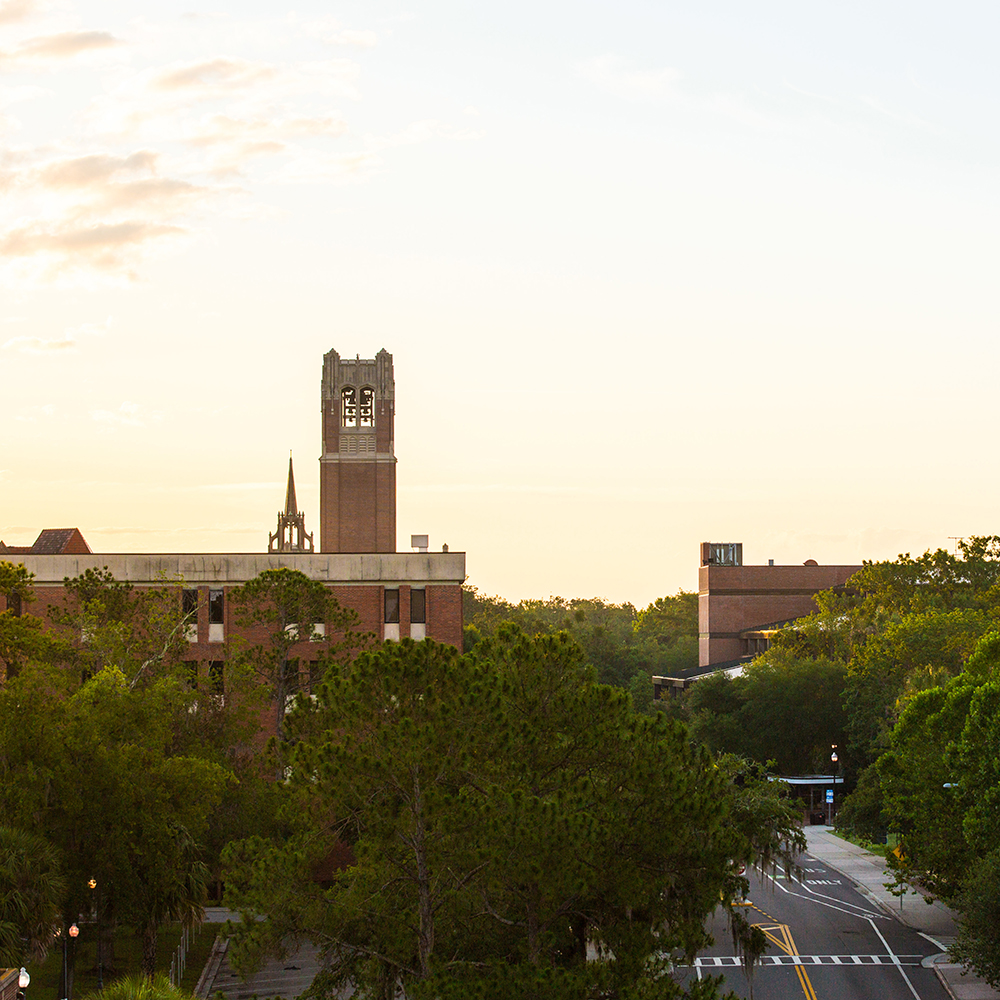
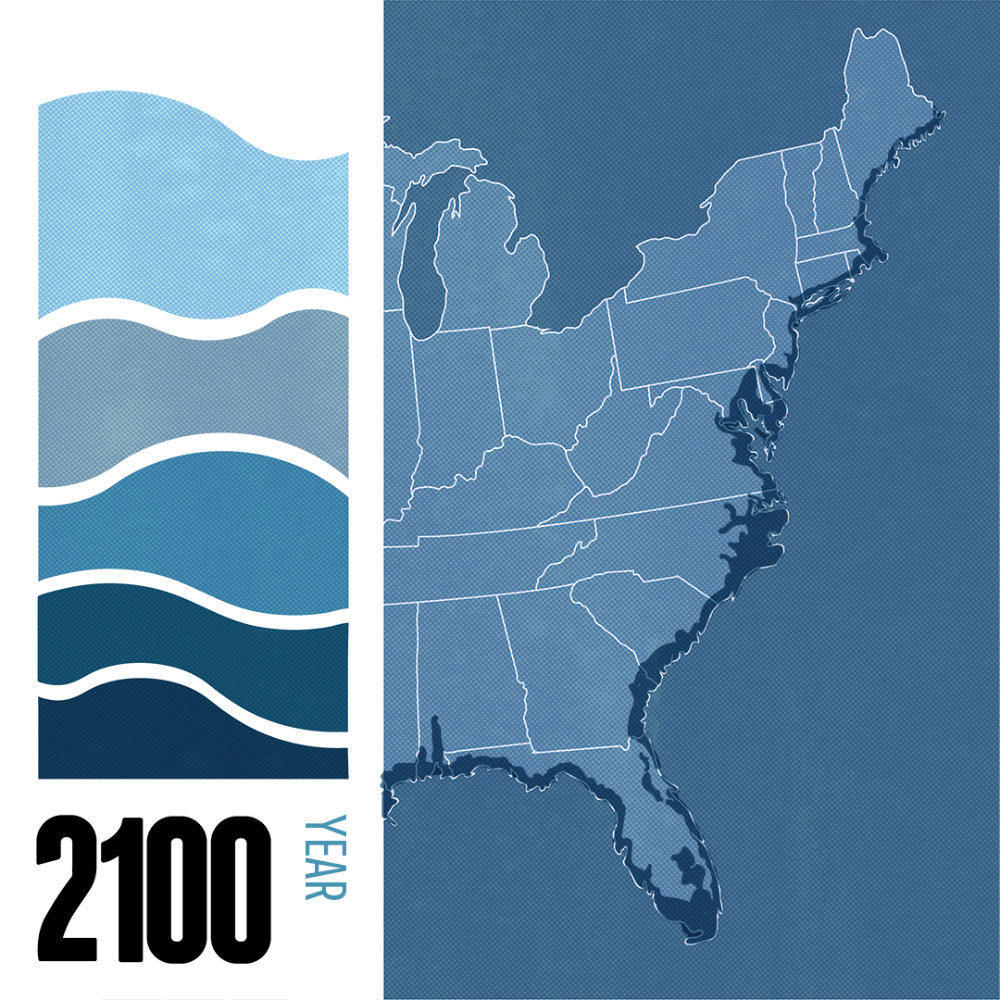




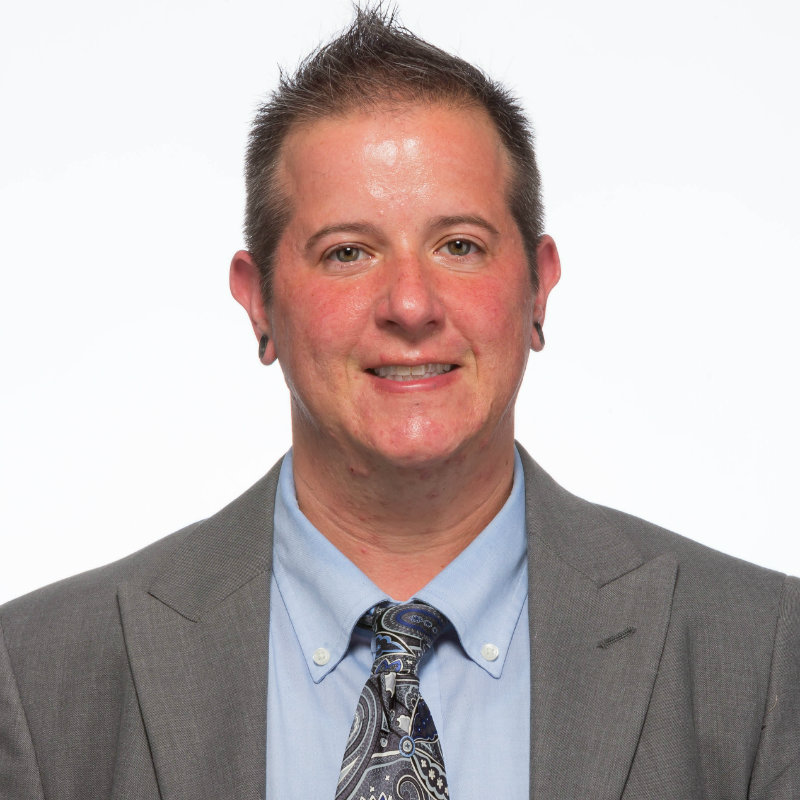
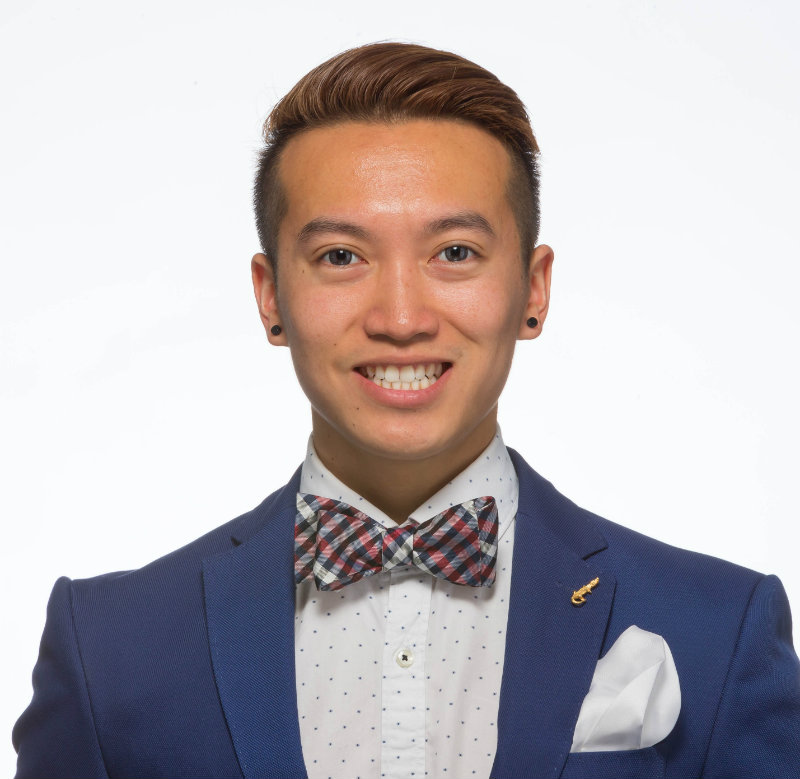


.jpg)










